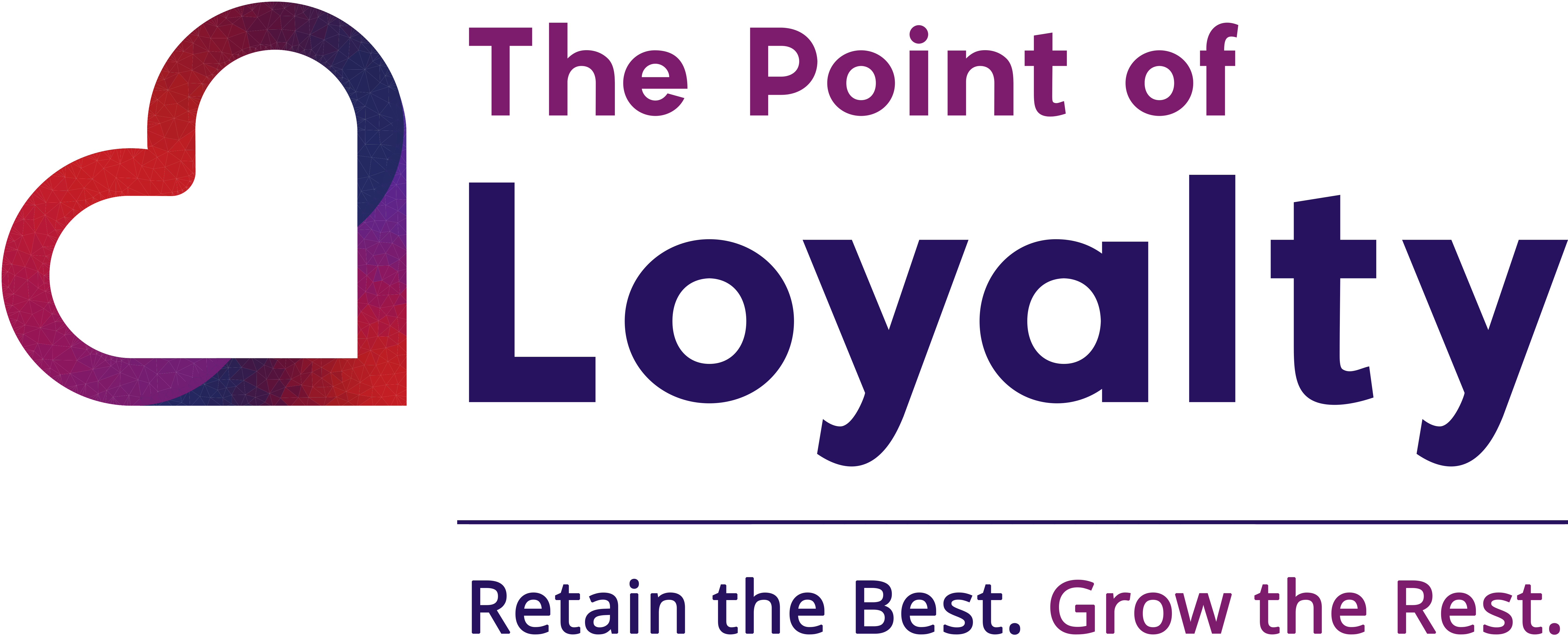This article and the insights provided are for those brands, with no loyalty program who are not convinced a loyalty program is right for their business and for their customers.
For context, my definition of a loyalty program is
A defined structure of ongoing benefits, rewards and recognition to
enhance your customer’s life (financially & emotionally)…
in exchange for desired behaviours and beliefs
for longer term profitable business growth (insights, income and advocacy).
Here are six of the most common reasons I have heard for why not:
- Purpose: No leadership team buy-in or belief into the purpose of a program and how a program can leverage a brand’s promise, add to customer connections and produce a profit.
- Priority: Other competing priorities for business growth.
- People: No person to own and manage the loyalty program asset.
- Proposition: Unsure of the problems the program will solve for their customers and what currencies their customers care about.
- Technology: No clarity on how a program can integrate with their existing technology infrastructure.
- Profit: No financial rigour to prove the performance of a program and its net return on investment.
For each of these obstacles there is a way through.
Finding the way through these barriers requires a modified mindset, rigorous planning and a commitment to find the solutions to each.
I’ll leave the mindset to Ryan Holiday[1] and give you some tips (not exhaustive) on how to see the light.
Why not?
How to let the loyalty program light in
1. Purpose:
No leadership team buy-in or belief into the purpose of a program and how a program can leverage a brands promise, add to customer connections, and produce a profit
- This is perhaps the most important obstacle to overcome.
- If there is no clear purpose for a program and no loyalty program champion in the leadership team, a program will not see the light of day.
- Opening the leadership teams' perception to the possibility of a program is the goal.
- Even with a hint of scepticism, if the door for a program is slightly ajar, take the spark and ignite the proof of a program’s purpose and performance.
- Find a leader open to the potential of a loyalty program and find out what’s needed for the loyalty program to move from possibility to reality.
(Hint: Any or all of the following points 3. – 6. will help)
Why not?
How to let the loyalty program light in
2. Priority:
Other competing priorities for business growth
- Priorities for business growth are multi-faceted and unique to the dynamics of each business.
- Some of the priorities a program can deliver to are:
- Income (more revenue from existing customers)
- Insights (data to insights for relevant action)
- Advocacy (customer care leading to recommendations and referrals). - Prioritising a program relies on 6. Profit, which is ultimately a sum of the impact of 3. People + 4. Proposition + 5. Technology.
Why not?
How to let the loyalty program light in
3. People:
No person to own and manage the loyalty program asset
- Every strategy is just an idea until it is executed.
- A dedicated person to own the implementation and ongoing management of a program will give it the greatest chance of success.
- Adding a loyalty program to an existing person’s role is often a stepping-stone for their growth and motivation (I have seen this happen time and time again!).
Why not?
How to let the loyalty program light in
4. Proposition:
Unsure of the problems the program will solve for their customers and what currencies their customers care about
- This is rock that needs pressure to produce the program diamond.
- If a program can solve a customer pain point, it will last longer. Solving problems in the world around us, problems in a customer’s life and problems they experience with the brand.
(I have developed a formula to uncover these problems and it’s proving to be an ahaa moment for those brands prepared to dig a bit deeper). - Explore the six currencies customers care about: =money (show me the money); =experiences (add moments of magic to my life); =time (make life easy for me); =me (show me you know me); =choice (give me some control and choice) and =Us (connect me with community and causes).
(P.S. A program structure is developed before the six currencies are exposed. The structure follows the strategy (program goals and customer behaviours) or as my mantra goes - ‘strategy before structure’.
Why not?
How to let the loyalty program light in
5. Technology:
No clarity on how a program can integrate with their existing technology infrastructure
- While this is one of the more common obstacles I hear about, there are more solutions available today than ever-before.
- There is no one-way to overcome this barrier, although preparing a detailed technology requirement specification is a first step.
- Then open up the opportunities to explore the technology landscape.
(We have compiled a list of more than 50 different technology solutions to solve for loyalty program requirements).
Why not?
How to let the loyalty program light in
6. Profit:
No financial rigour to prove the performance of a program and its net return on investment
- Arguably this is the "Monopoly Moment" (‘do not pass go, do not collect <$200>’).
- The inflection point of a program seeing the light of day is developing a sensitive loyalty program net return on investment financial model.
- The more I am involved with loyalty programs of all shapes and sizes, the more important the financial modelling of a program is.
- Proving program profitability over the longer term will overcome all the above obstacles.
The good news is, there is specialist expertise available to do this.
In summary, for those brands with no loyalty program who are not convinced a loyalty program is right for their business and for their customers, there is always a way to overcome any (all) of the obstacles as outlined.
Let the loyalty program light in and be open to the warmth generated by the possibility a program can achieve profitable business growth.
Have a happy loyalty day!
[1] To break a ‘reasons why not’ mindset, I recommend Obstacle is the Way by Ryan Holiday.

